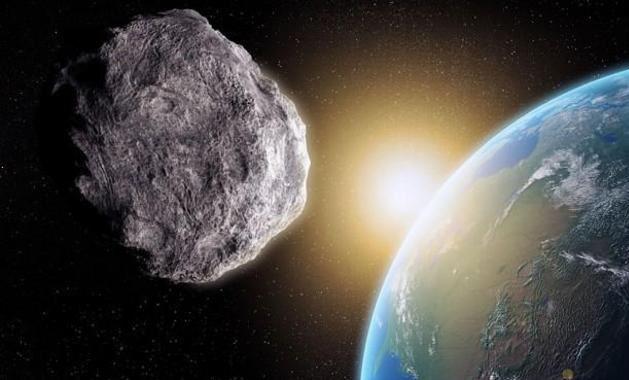A newly discovered asteroid that is set to buzz past Earth today could be as large as the asteroid that exploded over Russia five years ago.
It will pass by Earth within one-fifth of the distance between the Earth and the moon.
According to NASA, it will make its closest approach to Earth at 10:30 p.m. GMT (5:30 p.m. EST) today.
The asteroid was found by NASA-funded Catalina Sky Survey (CSS) near Tucson, Arizona, that records potentially hazardous asteroids.
“Although 2018 CB is quite small, it might well be larger than the asteroid that entered the atmosphere over Chelyabinsk, Russia, almost exactly five years ago, in 2013,” said Chodas.
Fortunately, the space station said that 2018 CB will “safely pass” Earth.
It is the second asteroid to pass by the planet this week. Spotted by CSS, 2018 CC zoomed past Earth at about 8:10 p.m. GMT (3:10 p.m. EST) on Tuesday Feb. 6. at a distance of about 114,000 miles (184,000 kilometers). The asteroid was between 50 and 100 feet in size.
Tenagra Observatories in Arizona will use its telescopes to live stream a video of asteroid 2018 CB as it approaches Earth today.






Friends Read Free